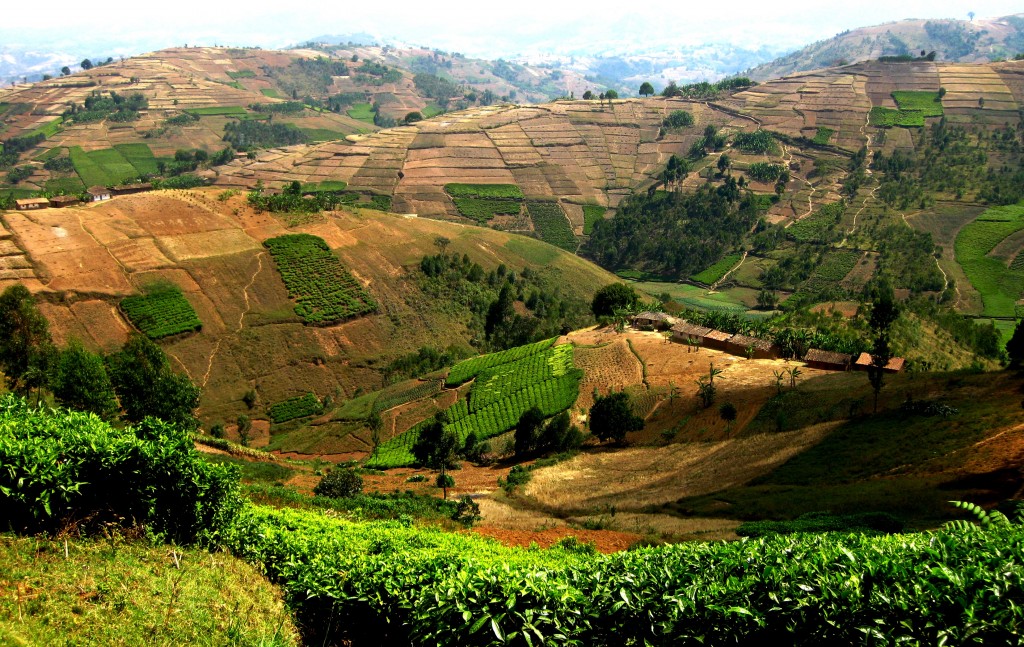Summary
|
A lack of clarity over various issues underlying benefit sharing would have a negative impact on its implementation and disincentivise project stakeholders. For example, when financial payments are brought into a developing country, how will these funds be channelled? What ministries will need to be involved? How will it reach local stakeholders? At the local level, how will payments be distributed? Will payments be distributed per household or through community groups? The graph overleaf portrays this dichotomy.
Authors: Mr. Kirtiman Sherchan, Cambodia Coordinator REDD+ Community Carbon Pools Programme, Cambodia; Ms. Maria Cristina Guerrero, Non-Timber Forest Products Exchange Programme (NTFP-EP) for South and Southeast Asia, Philippines; Ma. Theresa Padilla-Matibag, NTFP-EP Philippines; and Mr. Rob Harris, Fauna & Flora International, Cambodia.
All these questions are important, because it is highly unlikely that stakeholders will support REDD+ if a BDS is not clear about what sort of activities beneficiaries will need to undertake, and how much and when they will receive their benefits. In order to fill this gap, a common understanding on benefit sharing at the national, sub-national and local levels must be sought. To begin with, these discussions should include issues such as stakeholder expectations, gender, carbon rights, land tenure and customary law, through the vehicle of free, as well as prior and informed consent (FPIC).
In 2013, a REDD+ Benefit Sharing Workshop participated by experts from Southeast Asia identified and discussed the following key issues:
- REDD+ beneficiaries need to be clear on what activities are considered under REDD+, and what rewards can be expected as a result of these activities.
- Stakeholders are not homogeneous; and hence there is a need to recognise the political dynamics between and among stakeholders.
- Not all benefits are necessarily monetary; non-monetary benefits such as security of tenure, improved forest governance and ecosystem services can be equally important.
- A REDD+ BDS will entail trade-offs between equity and efficiency. In such cases, all stakeholders must be informed through FPIC processes to ensure the mechanism’s legitimacy and support.

Key Activities to Address the Issues
Workshop participants identified key activities that would provide the basis for a common understanding on benefit sharing (Table 1).
Policy Implications
|
| This policy brief is developed for APN project “Strengthening Community Voices in REDD+ Policy” (LCI2012-02NSY(C)-Guerrero) under APN’s Low Carbon Initiatives Framework. For full details of this project, please visit the project metadata page. |